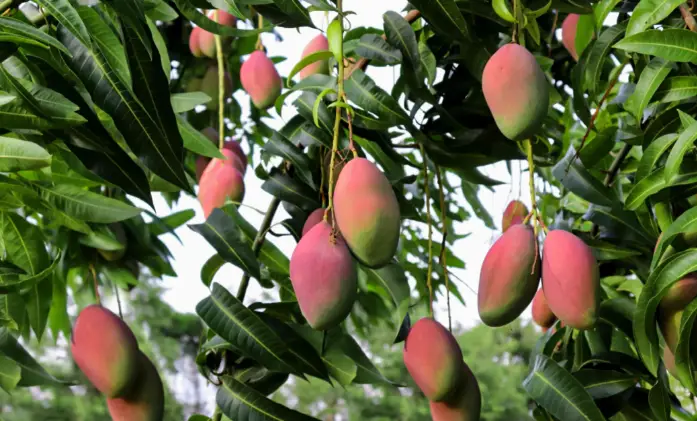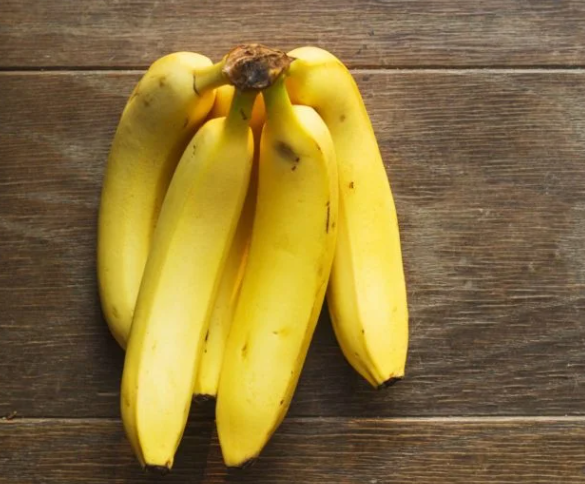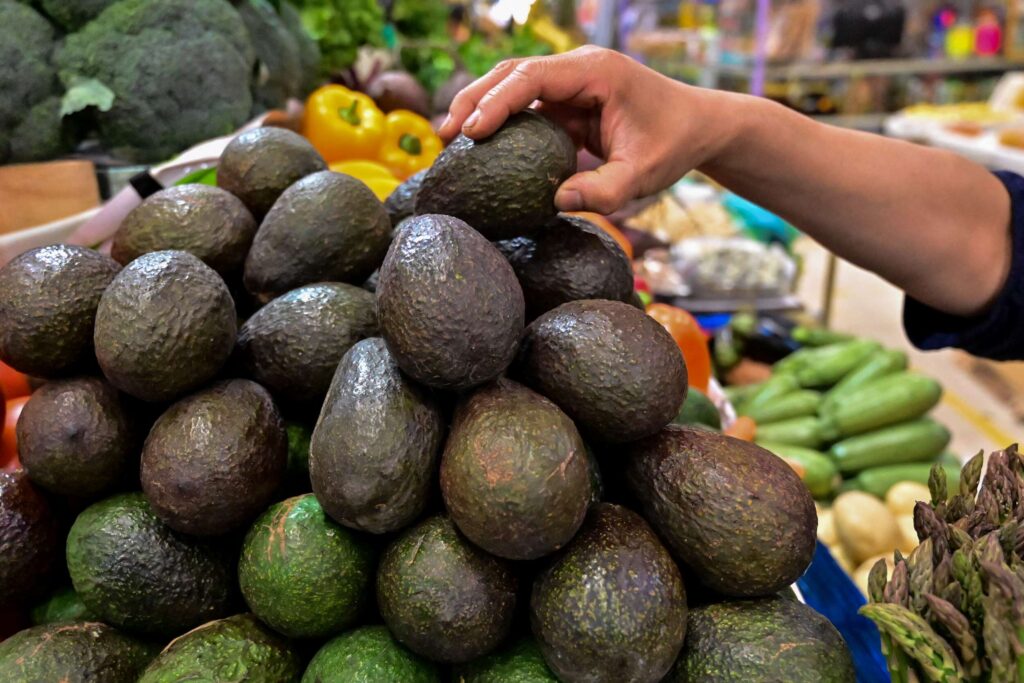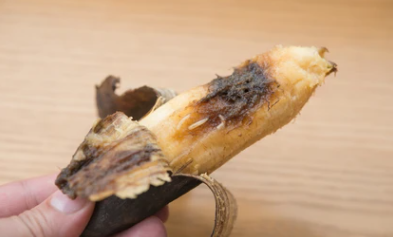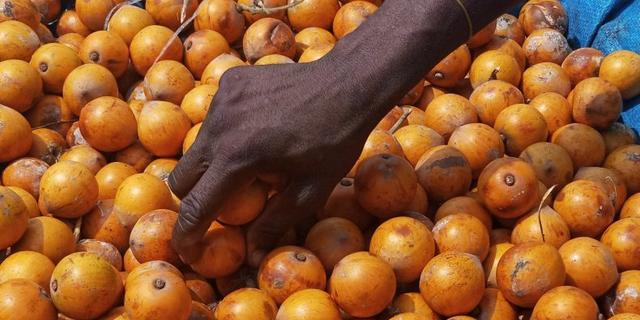Soursop, sometimes called guanabana, is a tasty fruit like a strawberry-pineapple mix with a hint of citrus. It’s from the warm parts of the Americas, but now people grow it in warm and sunny places all over the world. So when can you usually find soursop? Let’s dig into when soursop season happens globally.
Table of Contents
- What You Need To Know About Soursop Seasons
- Places That Grow Lots Of Soursop
- 1. Brazil
- 2. Mexico
- 3. Colombia
- 4. Indonesia
- 5. Caribbean
- 6. Venezuela
- How Rain and Dry Times Change Soursop Seasons
- Soursop Fruiting and Height
- Sunshine and Soil Conditions
- How Long Does It Take For Soursop To Grow?
- Setting Up Harvest Times With The Weather
- Key Points About Soursop Times
What You Need To Know About Soursop Seasons
The soursop tree can make fruit all year in hot places, but there are times when it makes a lot more fruit. The season for soursop depends on how much rain there is and what the weather is like.
If a place has the same weather and lots of rain all year, soursop trees can grow fruit non-stop. But usually, there will be times when they make even more fruit than usual.
In places with a clear rainy season and a dry season, soursop usually grows during or right after the rainy times. This is because the extra water helps the fruit grow big and ripe. Then, during the dry times, the trees don’t make as much fruit.
Other things, like how high the place is, how much sun the trees get, how good the soil is, and how old the trees are, can also affect when soursop grows. If you know what the weather is usually like where the trees are, you can guess when soursop season might be.
Places That Grow Lots Of Soursop
Brazil, Mexico, Colombia, Venezuela, Indonesia, and some islands in the Caribbean grow a lot of soursops. Let’s see when these places have their soursop seasons.
1. Brazil
In Brazil, where it’s usually hot, soursop grows almost all the time. The best time to get it is when it rains a lot from December to April.
2. Mexico
Mexico has soursop from March to June, right after the winter rains finish. Some areas close to the sea might have soursop for longer times.
3. Colombia
In Colombia, it’s usually the same weather all year, so soursop grows pretty regularly. But there’s a bit more when it rains from April to November.
4. Indonesia
Indonesia is on the equator, so it’s warm and rains the same most of the time, meaning soursop always grows. But there’s even more during the rainy season from October to April.
5. Caribbean
In places like Cuba, Puerto Rico, and the Dominican Republic, the best time for soursop is the middle of the summer rainy season, from July to September. If you’re in the south near the ocean, you might find soursop for longer periods.
6. Venezuela
Venezuela has the perfect hot weather for soursop, and after the rain from May to October, there’s lots of fruit through December.
How Rain and Dry Times Change Soursop Seasons
As we’ve seen, the soursop season is really linked to how much rain there is. When it rains a lot, the trees start making flowers and fruits. And the rain helps the small fruits get bigger. But when it’s dry, fruit making slows down or stops because the trees rest.
If there’s a long dry time, the tree might get stressed and drop its fruit. Super rainy times can also be bad if it’s too cold, because then the fruit might not ripen well. But usually, a good mix of rain and then dry weather is perfect for soursop.
Soursop Fruiting and Height
Soursop loves the heat, so it fruits faster in low, warmer areas near the sea. If it’s up high in cooler mountain areas, you might have to wait a little longer for the fruit.
Soursop trees can’t handle frost—it can kill them. So they do best in warm lowlands under 1000 meters (m) high.
Sunshine and Soil Conditions
The amount of sunlight can also change when soursop fruits. Trees with lots of sun often have fruits ready sooner than those in the shade.
Soil matters, too. Good, rich soil that lets water drain well is great for soursop trees to make lots of fruit. If the soil isn’t good or the tree’s roots can’t spread out, there won’t be as much fruit.
How Long Does It Take For Soursop To Grow?
After a flower gets pollinated, it takes about 90 to 150 days for it to turn into a ripe soursop that you can pick. The ripe fruit slowly goes from dark green to a lighter green-yellow over a few weeks.
When a soursop is ripe, it feels a bit soft if you press on it, and it smells sweet and flowery. You should be able to pull it apart with your hands. If it’s still too hard and not ripe, it won’t taste as good.
Setting Up Harvest Times With The Weather
People who grow soursop in gardens or on small farms can try to guess when they’ll have fruit by looking at the weather. Knowing when it rains and doesn’t, and when storms or cooler times happen can help you guess when you’ll get soursop.
Big farms keep a close eye on the weather over many years so they know the best times for planting and picking to get the most fruit every year.
Even though nature can be unpredictable, figuring out when soursop will be ready can help with planning for picking fruit, storing it, making things from the fruit, and selling it. By tracking the weather, we can keep enjoying soursop every year.
Key Points About Soursop Times
- Soursop trees in hot countries have fruit all year, but they make most of it during the rainy times.
- Different places have soursop at different times because of their own rain and weather.
- Places right on the equator or in the southern part of the world usually have soursop earlier in the year.
- For soursop to get ripe, it needs enough rain. Too much dry or wet weather can mess things up. >
- The best soursop grows in hot lowlands below 1000 m.
- If you know your area’s weather, you can guess when soursop will fruit and be ready to pick.
Soursop is full of sweet and tangy goodness, and it’s well worth the wait during its season. As we’ve seen, the weather is a big clue for figuring out when the fruit is ready in different places. With some care and attention, we can look forward to soursop treats during their special times.
